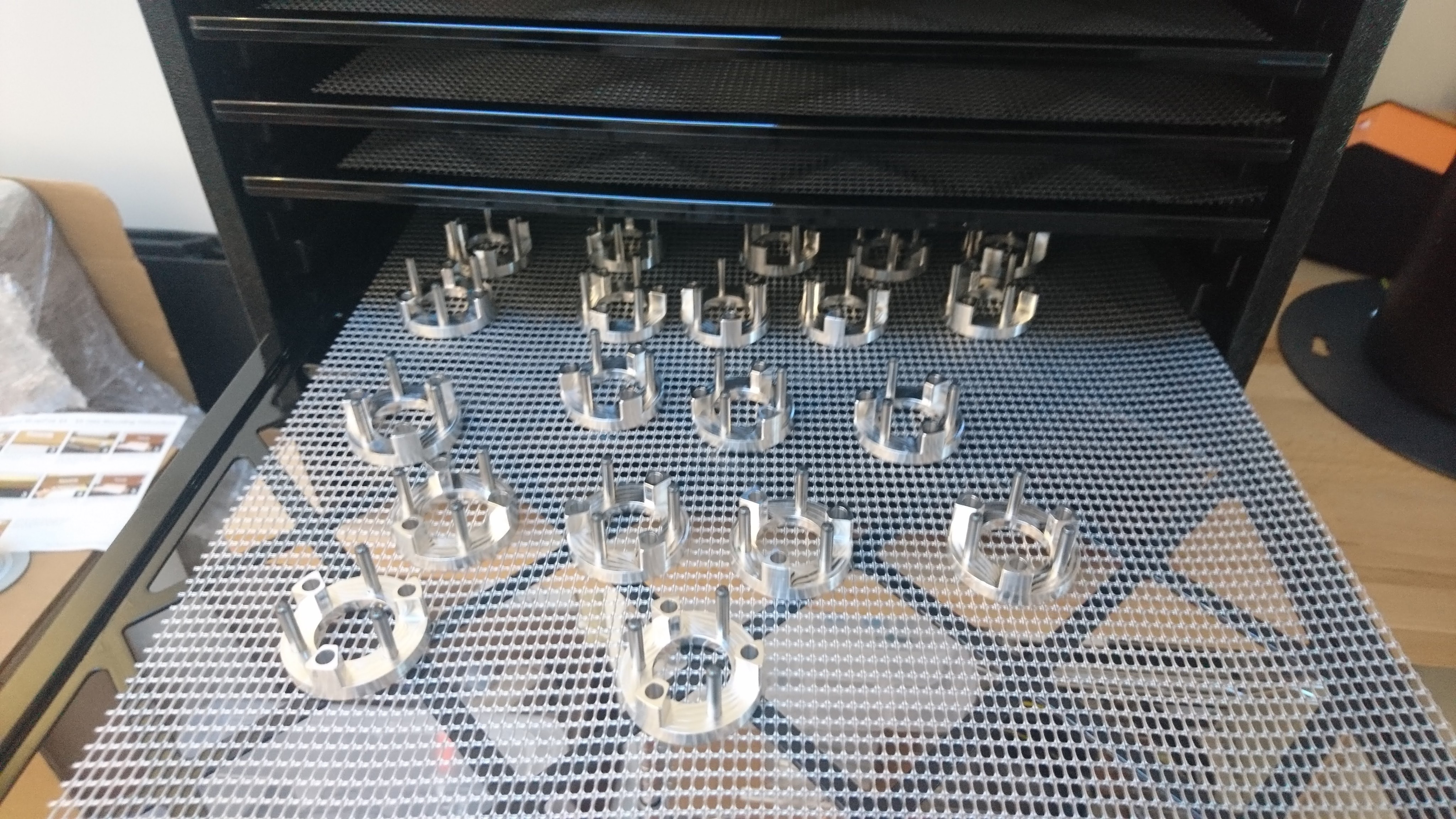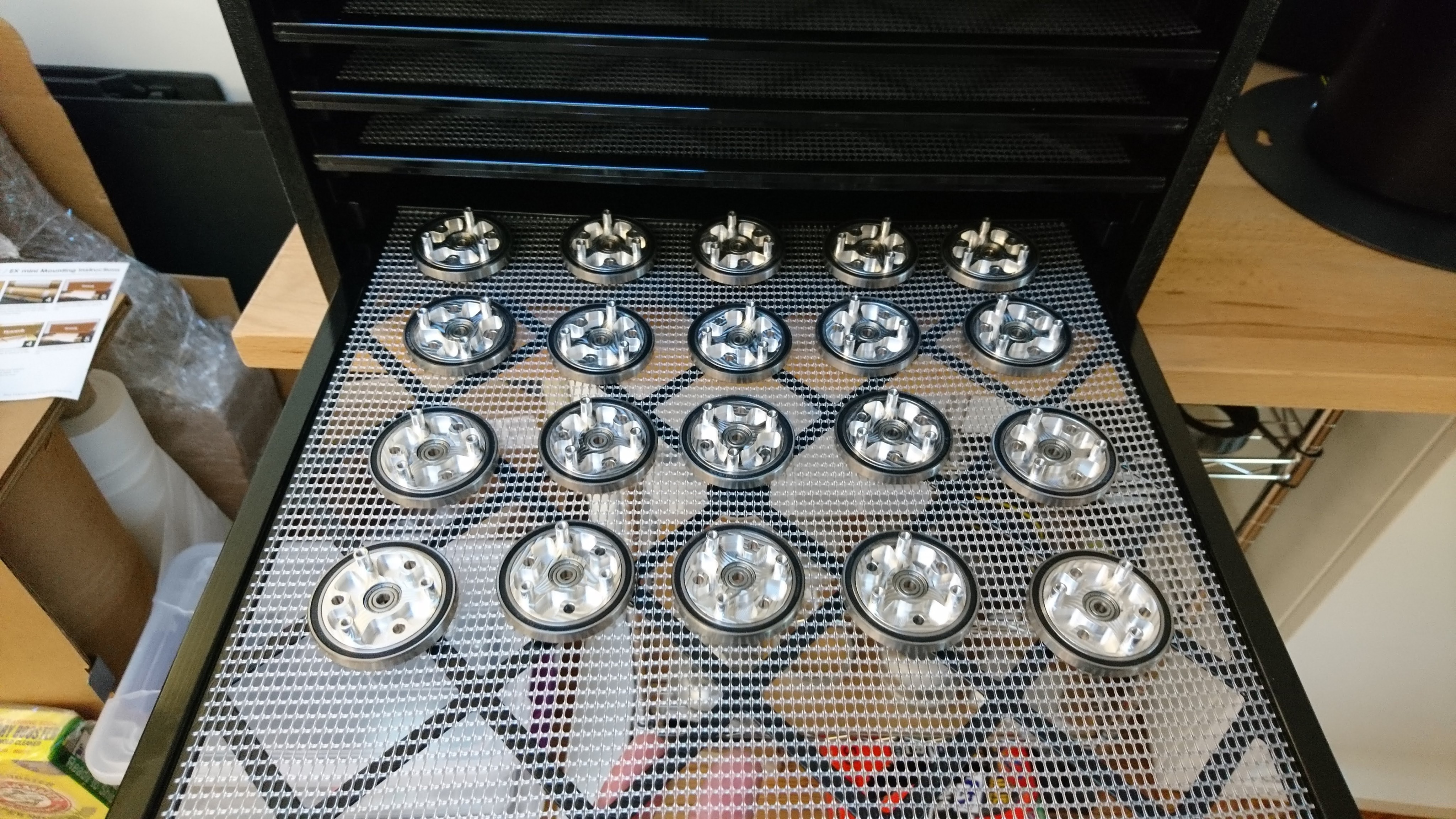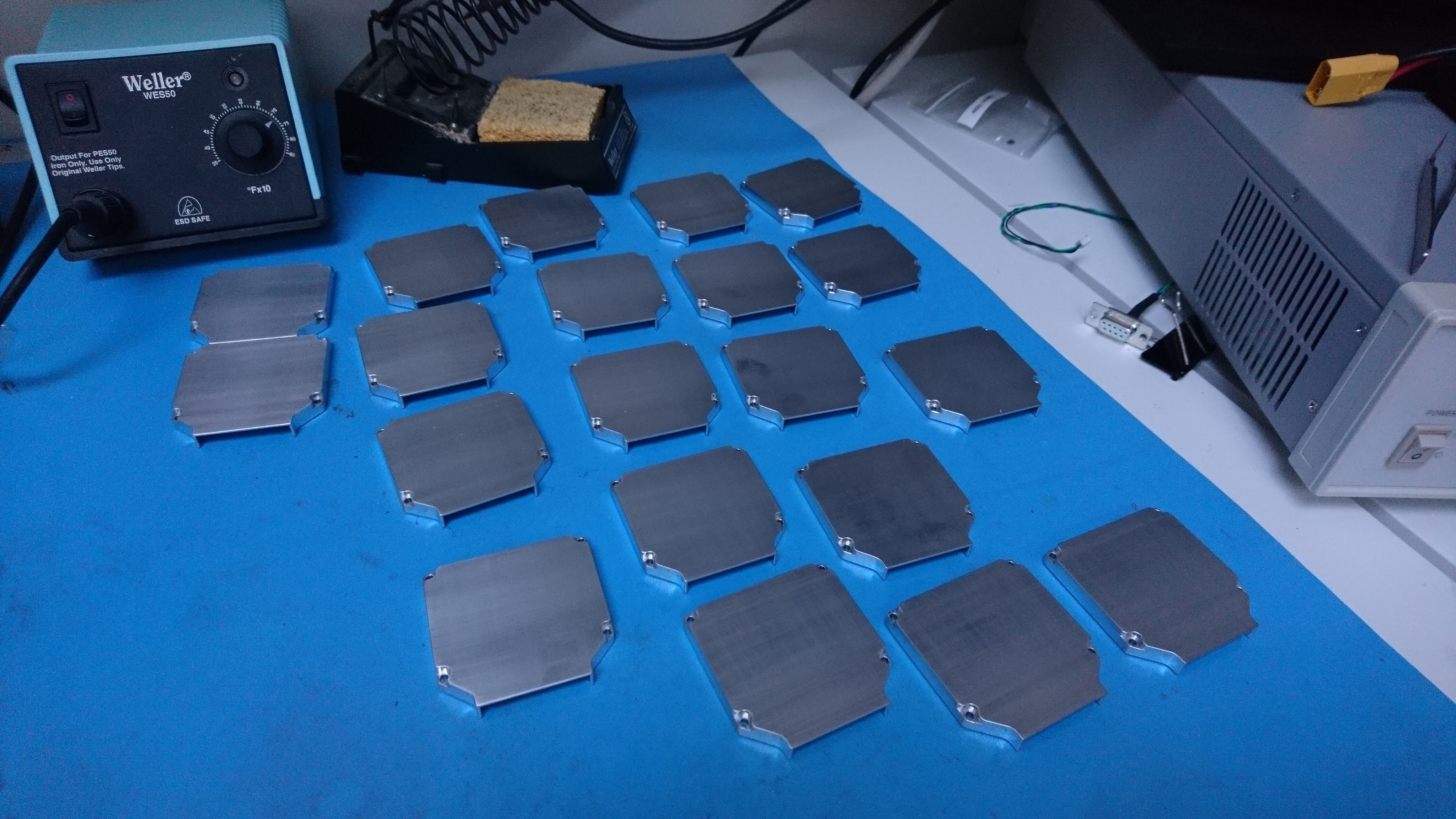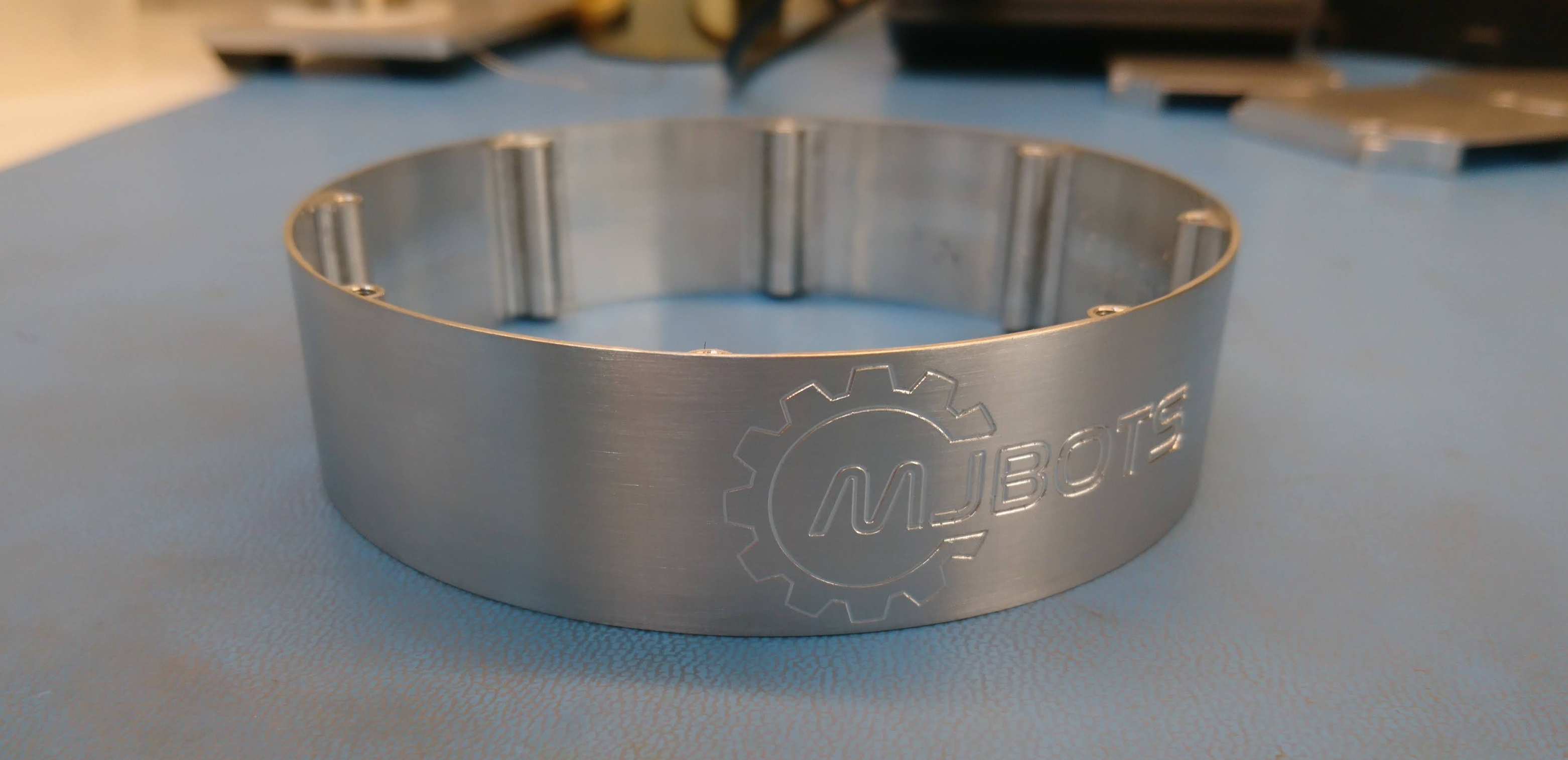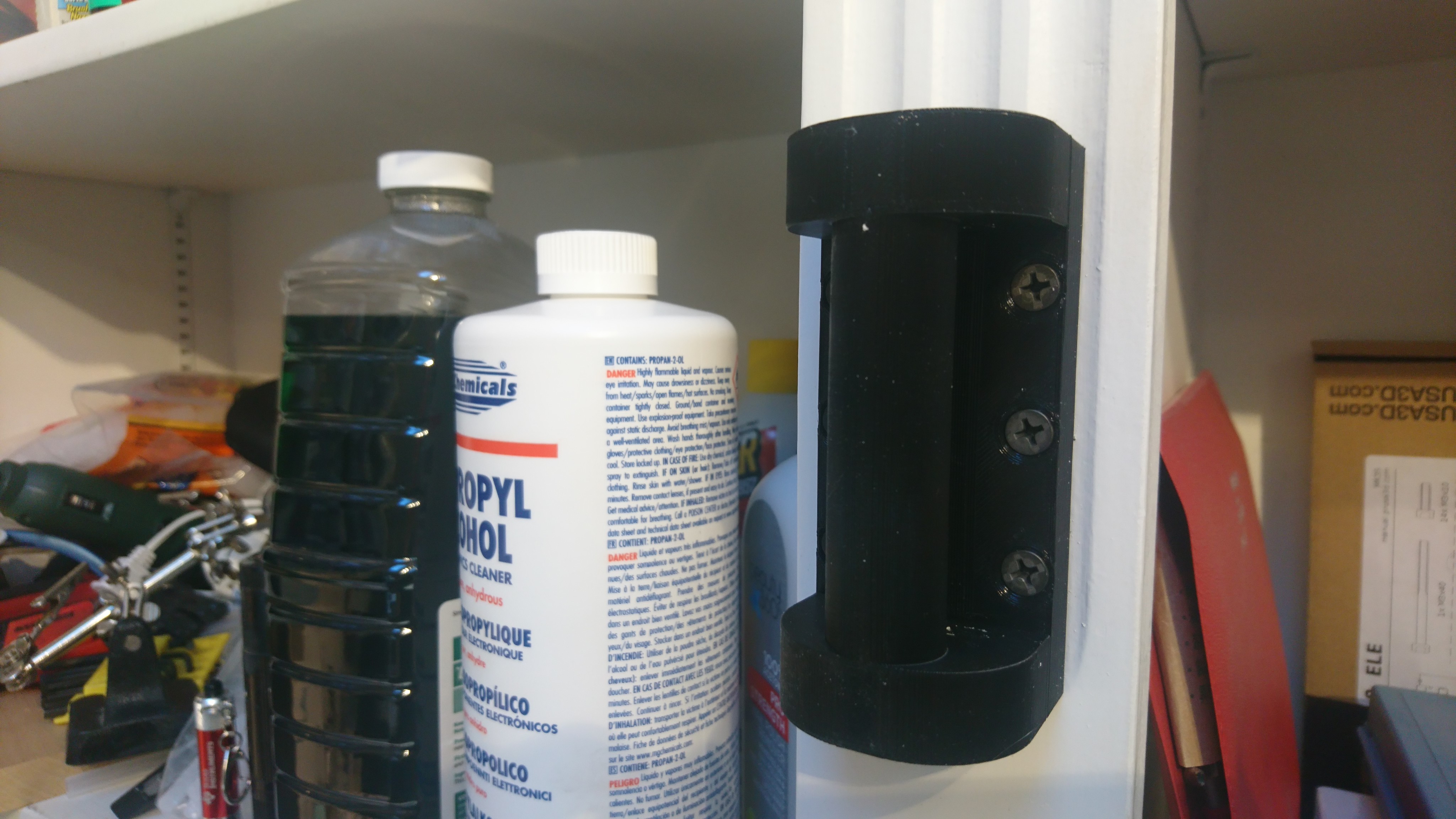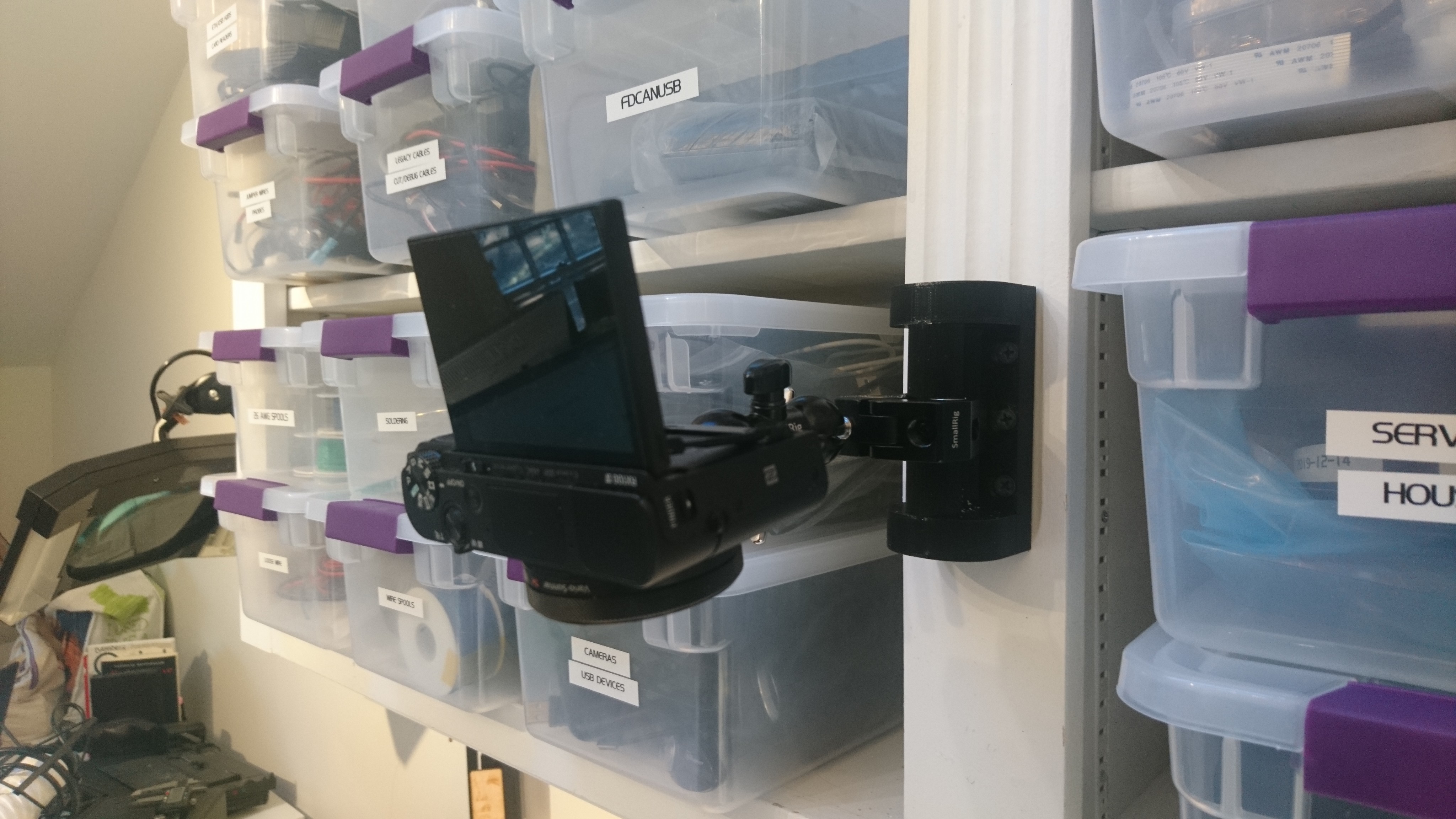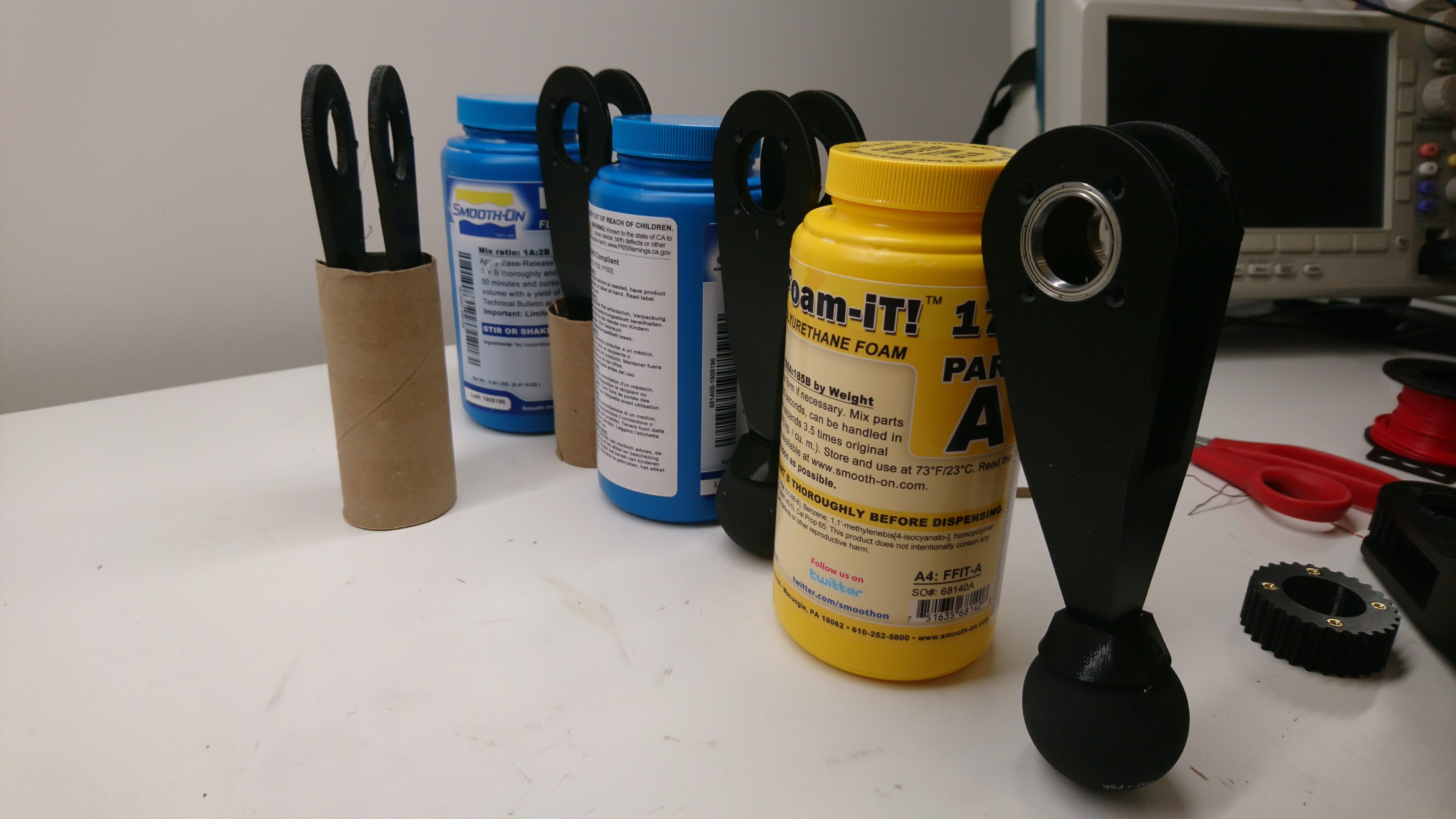Programming a lot of fdcanusbs
To get ready for the initial limited release of fdcanusbs, I needed to program a whole bunch of them. Further, I wanted to be able to scale up a few factors of two without being too annoyed with manual steps. Thus, enter my minimal programming fixure:
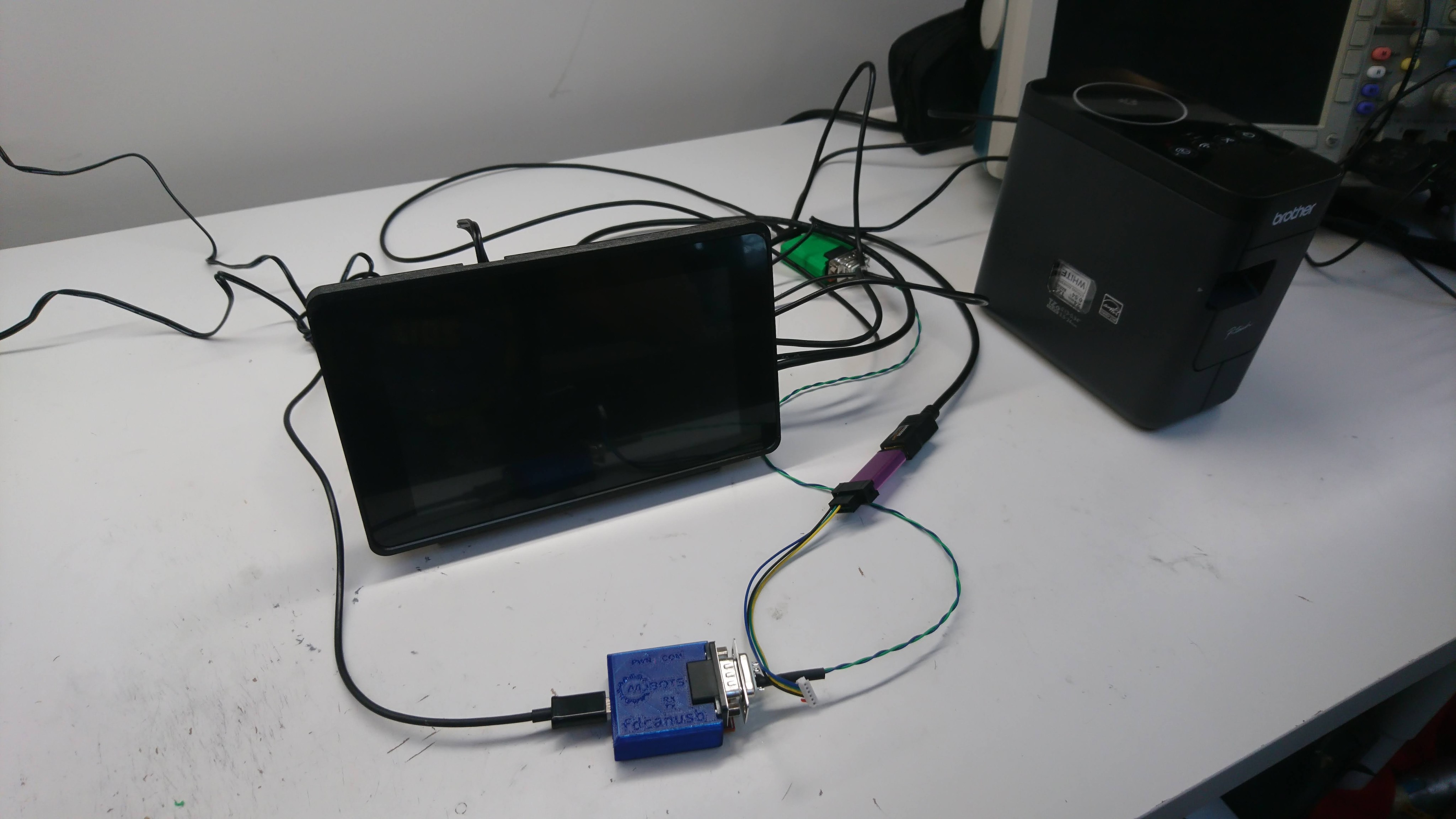
It isn’t much, just a raspberry pi 3b+, the official 7" rpi touch screen, a STM32 programmer, a “fixtured” fdcanusb to drive the device under test, and a label maker. The touch screen is mostly there to display the results if anything goes awry, as in normal operation there is just one button to push. The final cycle time to program a fdcanusb and install it into the enclosure is around two minutes, which is good enough for now.

